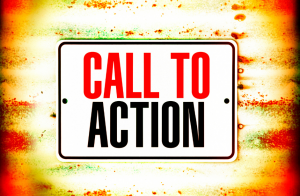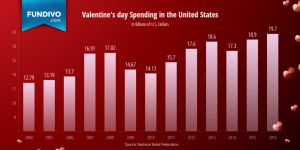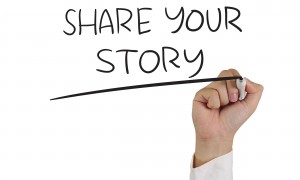Engaging with customers in real-time is critical to forming a strong relationship and maximizing customer lifetime revenue. But until now, real-time engagement on the web has been challenging, if at all possible – even the most immediate follow-up email is still dependent upon your customer checking their inbox.
The solution? Web push. Numerous marketing publications are talking about “the death of desktop,” purely because mobile activity is now surpassing web activity, but all these publications point out that close to 50% of total internet time, and an even higher percentage of transactions, still occur on desktop. Web activity is far from dead, marketers simply have other channels against which to compete, and it becomes that much more critical to make sure you’re able to reach your customers at the right time no matter what.
What’s more, web push empowers marketers to be really creative with taking advantage of those moments of peak engagement. If a customer responds to even one of your real-time push messages, you become better equipped to personalize the rest of their shopping experience based on what you’ve learned about them. Marketers can leverage web push to:
1. Promote flash sales with maximum impact
Because web push’s strength is its channel-agnostic real-time capabilities, marketers can promote whatever flash sales they have going on with up-to-the-minute relevance. Rather than potentially receiving an email too late or having to log into a mobile app to access flash sale info, customers can receive information about flash sales or “One Day Only!” promotions as they’re going on, and can make sure they don’t miss out. Tip: the promise of access to flash sales is an excellent driver of web push adoption – don’t be afraid to use it as an incentive.
2. Deliver real-time product updates as inventory or price changes
Hand-in-hand with the ability to make relevant product recommendations is the ability to update your customers when there are changes in availability to products they’ve expressed interest in. This includes things like low-stock, back in stock, or price changes – the more targeted you can make these messages, the more likely your customers will open them and consider purchasing.
3. Respond to browse abandonment and cart abandonment as they occur
Even the most well-timed abandonment campaign redirecting a shopper back to their merchandise becomes irrelevant if your customer doesn’t see it in time – much more so if it’s not sent promptly, when interest in the item is at its highest. Leveraging web push to send a “We’ve saved your cart!” message or make a recommendation based on an abandoned browsing session empowers you to better re-engage those customers who have left items behind.
4. Welcome returning customers with a discount or special offer
One key to driving retention is letting your returning customers know that you appreciate their repeat business – and with web push, you can do so the second they come back to your website by delivering a coupon, discount, or some other “welcome-back!” special offer that they can use on their next purchase. This not only encourages future engagement and drives loyalty, but it’s a great way to thank your customers and ensure that they actually want to return.
5. Collect customer preference data to personalize the shopping experience
By utilizing web push throughout the entire shopping journey, you can continually update what you know about your customers’ preferences. One web push message with a short, simple inquiry – something like “What’s your shoe size?” or “When’s your birthday?” – offers customers the opportunity to share more about themselves, and empowers you to make more relevant and targeted recommendations and better guide your customers along the path to purchase. (And asking questions one-by-one can alleviate survey fatigue!)
Web push is one of the best ways to be truly real-time, regardless of channel or device. Restricting yourself to web/email (which can become dated quickly) or to mobile push notifications and app messaging (which excludes customers who aren’t presently on their phone) is channel-centric and leads to countless missed engagement opportunities with customers. But with web push, you can reach out at a time when your messages are most contextually-relevant to where your customer is in their unique shopping journey – and can continue doing so long-term.
This post originally appeared on the Zaius Blog.
Digital & Social Articles on Business 2 Community(33)
Report Post





